Window scrapers are designed for efficient and convenient removal of dirt, dust, water stains, and stubborn stains from windows. Made of high-quality stainless steel or a special alloy, these blades are sharp and wear-resistant, easily scraping away a wide range of stains while maintaining blade sharpness for extended periods, reducing the need for replacement. Select models offer blade angle adjustment, allowing you to flexibly adjust the scraper's angle to suit the varying angles and stain types of the window surface for optimal cleaning results.
Proper use of a window scraper not only improves efficiency but also prevents scratches and tool damage.
1. Preparation
Cleaning the Glass Surface
First, wet the glass with a spray bottle or sponge. Apply a neutral detergent or soapy water to soften dirt (such as dust, insect stains, etc.).
For stubborn stains (such as cement spots and paint), use a single-edged blade (such as a utility knife) to gently scrape at an angle. Keep the blade at an angle of 30° or less to avoid scratching.
Choosing the Right Scraper
Squeegee: Suitable for everyday cleaning; the blade should be soft and free of cracks.
Metal Scraper: Only for removing hard objects (such as old window stickers). Use extreme caution when using it.

2. Instructions
Maintaining the Scraper Angle
When scraping the glass, hold the squeegee at a 45° to 60° angle to the glass, applying even pressure in a forward or downward motion.
A sharp angle can easily leave streaks, while a shallow angle can cause the glass to become stuck.
Scrape in Order
Start at the top of the glass and scrape downward in an "S" shape or straight line, overlapping each stroke by 1/3 of the width to avoid missing any areas. Slow down slightly when scraping at the edge to prevent water splashing back.
Clean the scraper promptly
After every one to two scrapes, wipe any remaining water off the scraper with a rag to prevent secondary contamination.
Finishing Treatments
Wipe any remaining water stains on the window frame and scraper with a dry rag or paper towel to prevent water seepage or mold.
3. Precautions
Safety First: When working outside high-rise windows, always wear a safety belt and avoid leaning out of the window.
Protect the scraper: Wash and dry the scraper after use. Avoid exposure to sunlight or contact with corrosive cleaning agents.
Winter Tips: When ice forms, gently scrape the surface with an ice scraper, then spray with a defrost (such as alcohol-based water). Do not forcefully scrape.
Alternative Solution: If a dedicated scraper is unavailable, use a slightly damp cloth wrapped around a hard plastic card (such as an old bank card) as a temporary substitute.
4. Troubleshooting Common Problems
Water marks: The scraper blade is aging or the angle is incorrect. Replace the scraper blade or adjust the angle.
Unusual noises/jamming: Particles or impurities are present on the glass; rinse thoroughly first. Water accumulation in window frames: Use tape to stick a paper towel to the bottom of the window frame to absorb water before scraping.


 中文简体
中文简体 English
English Español
Español Français
Français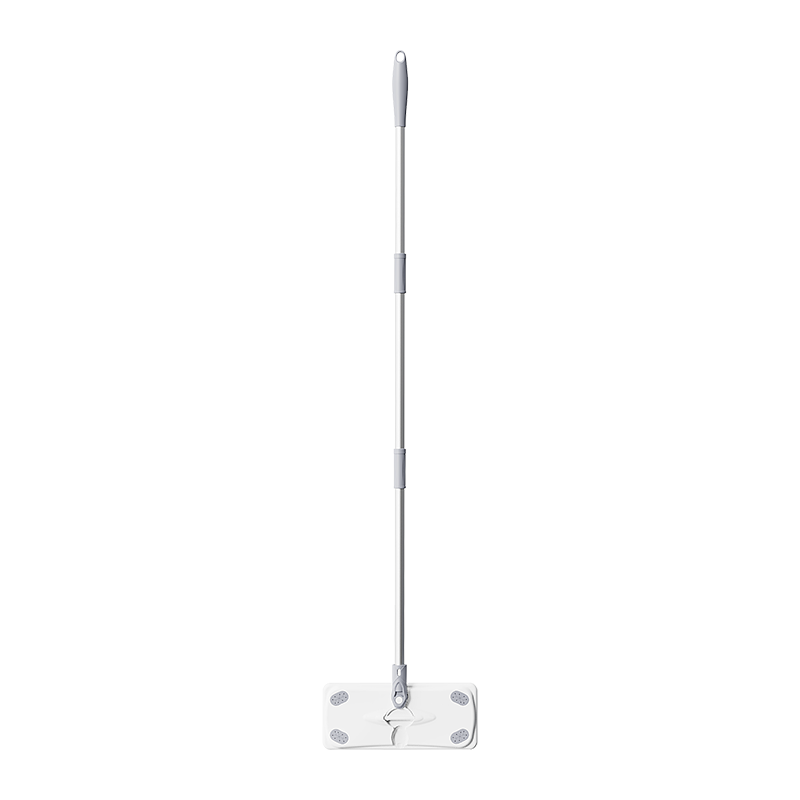
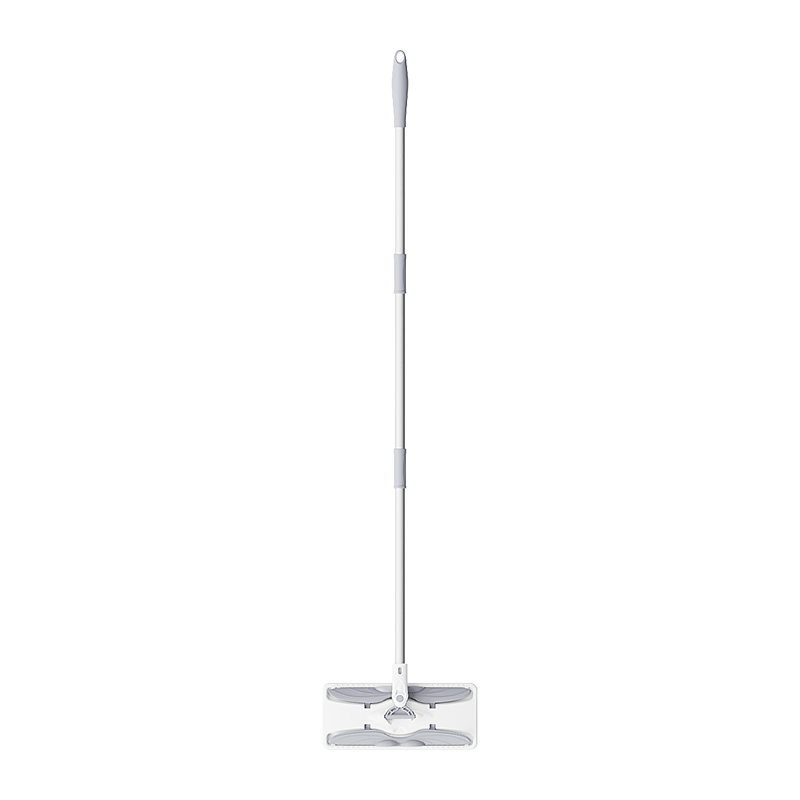
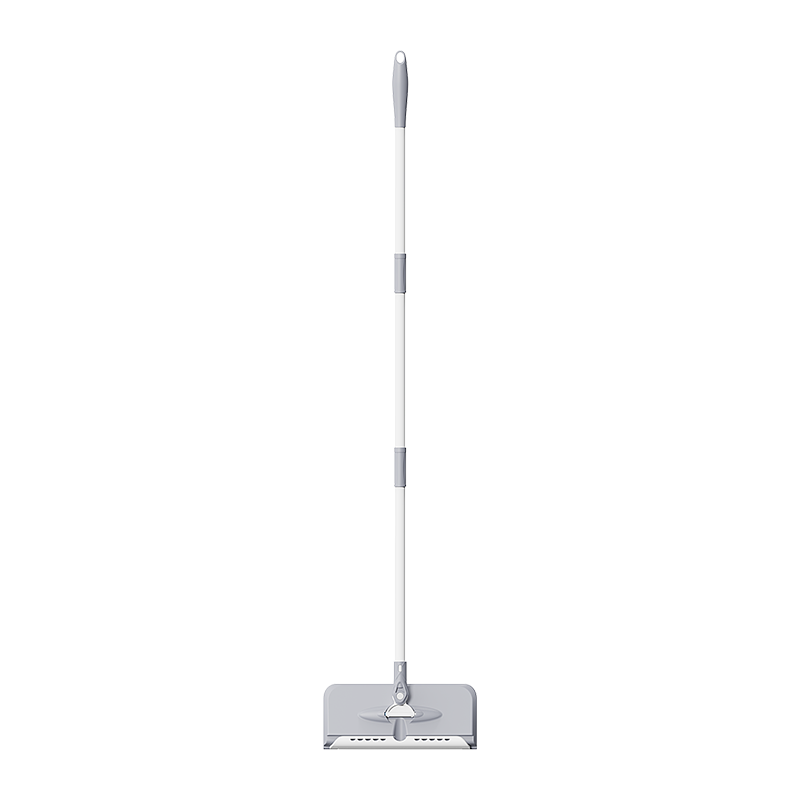
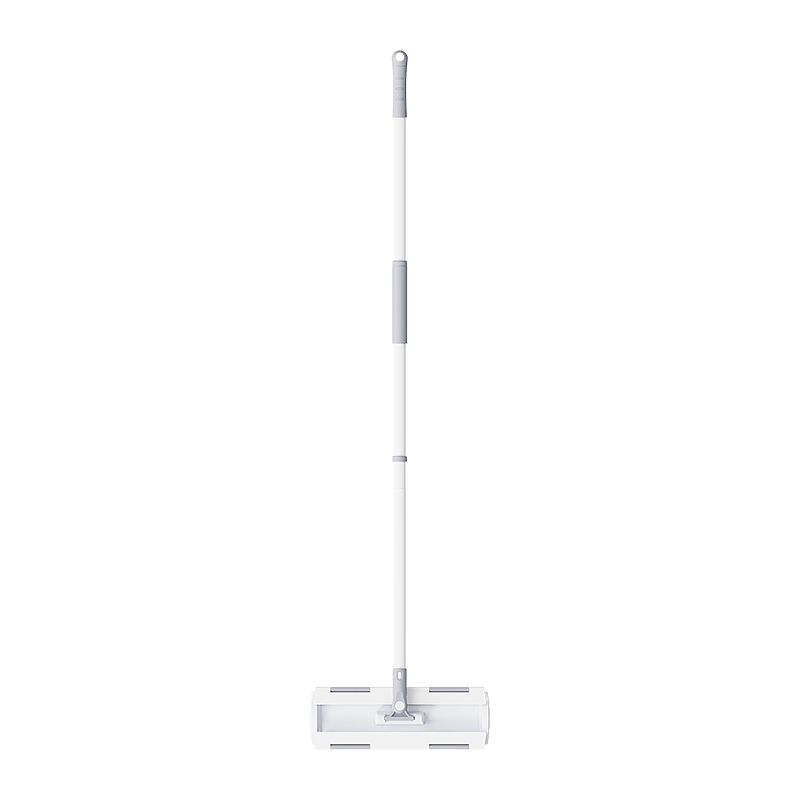
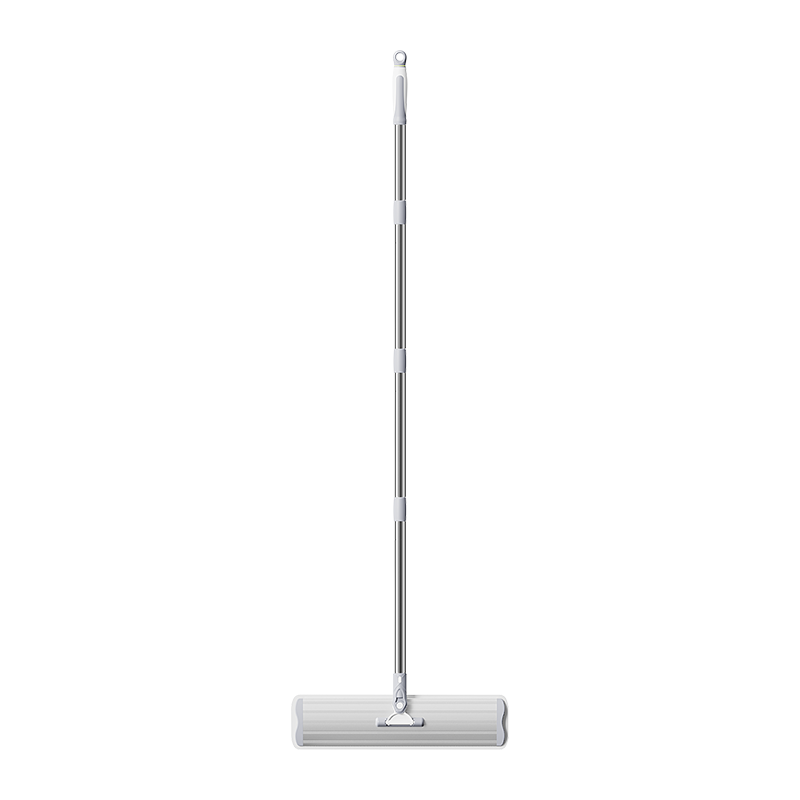

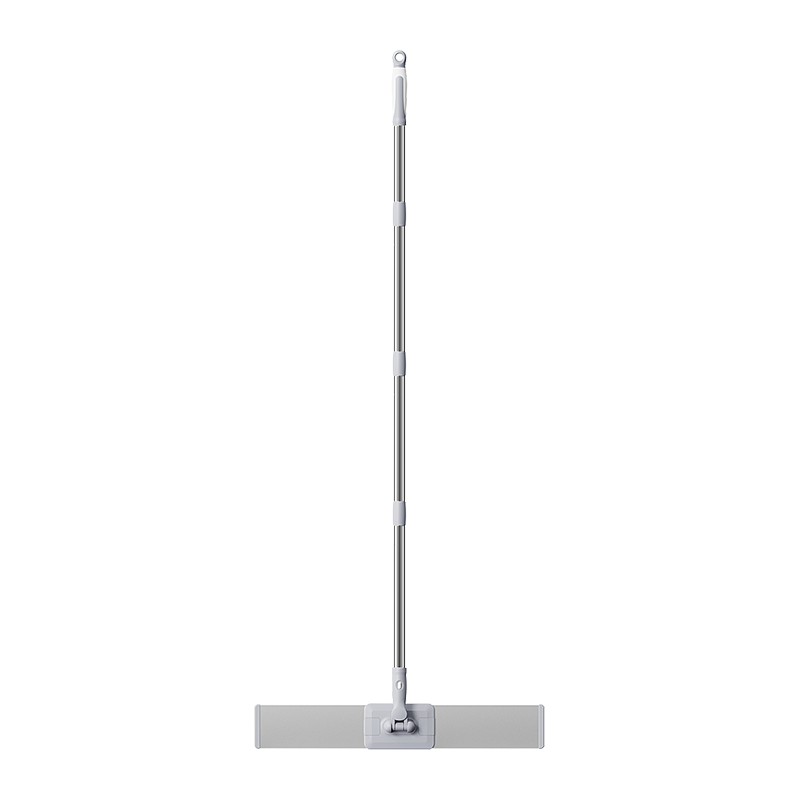

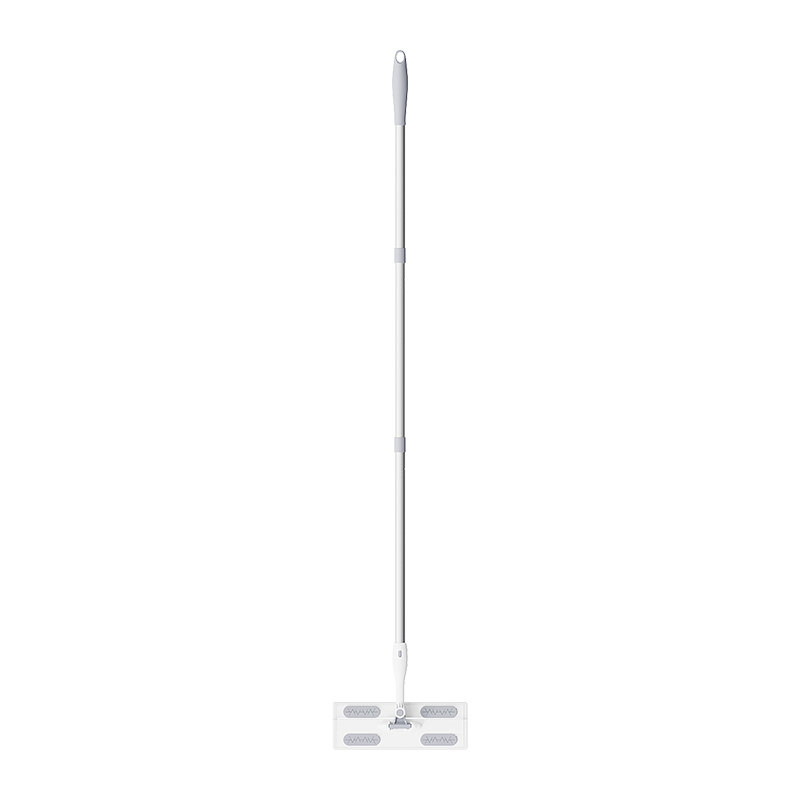
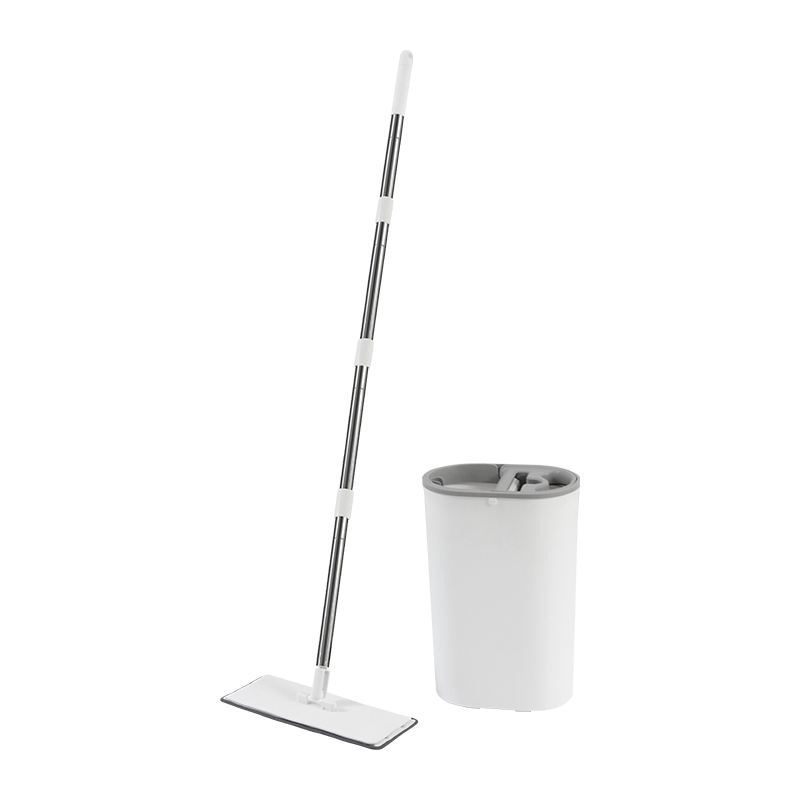
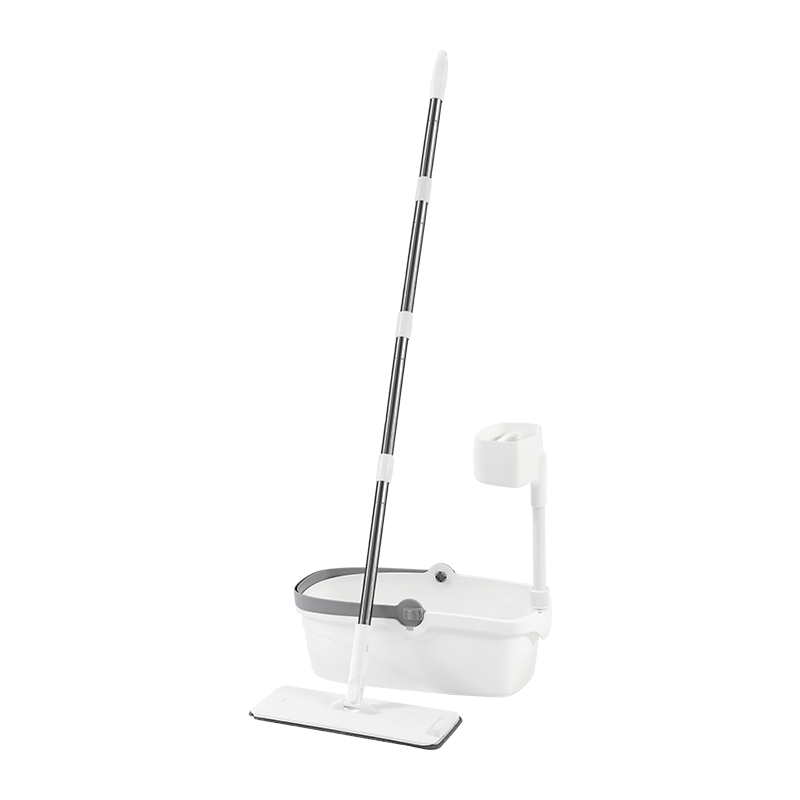

 Products
Products












